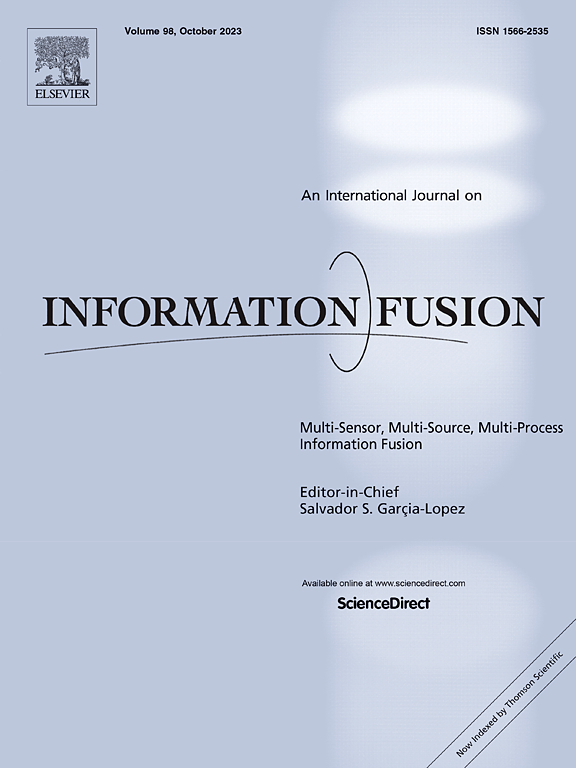AMF-VSN: Adaptive multi-process fusion video steganography based on invertible neural networks
IF 14.7
1区 计算机科学
Q1 COMPUTER SCIENCE, ARTIFICIAL INTELLIGENCE
引用次数: 0
Abstract
The security challenges in information transmission have attracted considerable research focus, particularly in the field of video steganography. Although deep learning advancements have created new research opportunities for video steganography, current models encounter deployment difficulties on mobile devices due to their substantial parameter requirements, which restrict their adaptability to mobile platform constraints. To address these challenges, we propose an adaptive multi-process fusion video steganography based on invertible neural networks. This model incorporates flexible balance adjustment factor and Multi Cross Stage Partial Dense (MCSPDense) Block, which adjusts the parameter count of the MCSPDense Block and the quality of the stego video through the flexible balance adjustment factor. Additionally, the Simple Redundancy Prediction Module (SRPM) has been designed to further minimize model parameters while enhancing the quality of video steganography and restoration. Furthermore, we develop two operational modes to accommodate varying mobile device requirements: Secure Communication (SC) mode for enhanced transmission security and High Quality Recovery (HQR) mode for superior video restoration. Experimental results confirm that compared to existing solutions, our AMF-VSN framework has improved steganography and recovery performance by 3.474 dB and 2.521 dB respectively, reduced parameters by 66.08%, and maintained strong security in mobile deployment scenarios.
求助全文
约1分钟内获得全文
求助全文
来源期刊

Information Fusion
工程技术-计算机:理论方法
CiteScore
33.20
自引率
4.30%
发文量
161
审稿时长
7.9 months
期刊介绍:
Information Fusion serves as a central platform for showcasing advancements in multi-sensor, multi-source, multi-process information fusion, fostering collaboration among diverse disciplines driving its progress. It is the leading outlet for sharing research and development in this field, focusing on architectures, algorithms, and applications. Papers dealing with fundamental theoretical analyses as well as those demonstrating their application to real-world problems will be welcome.
 求助内容:
求助内容: 应助结果提醒方式:
应助结果提醒方式:


